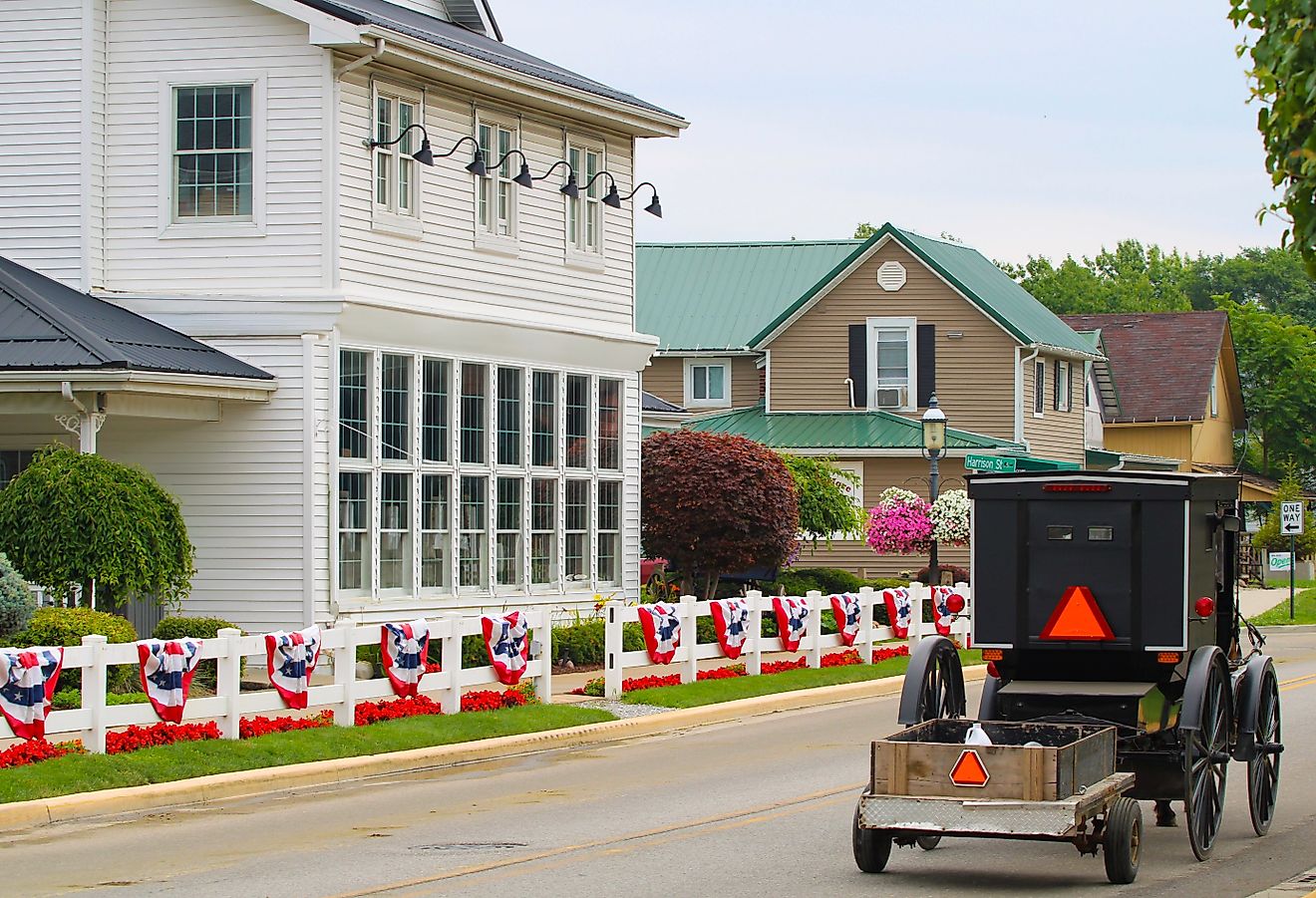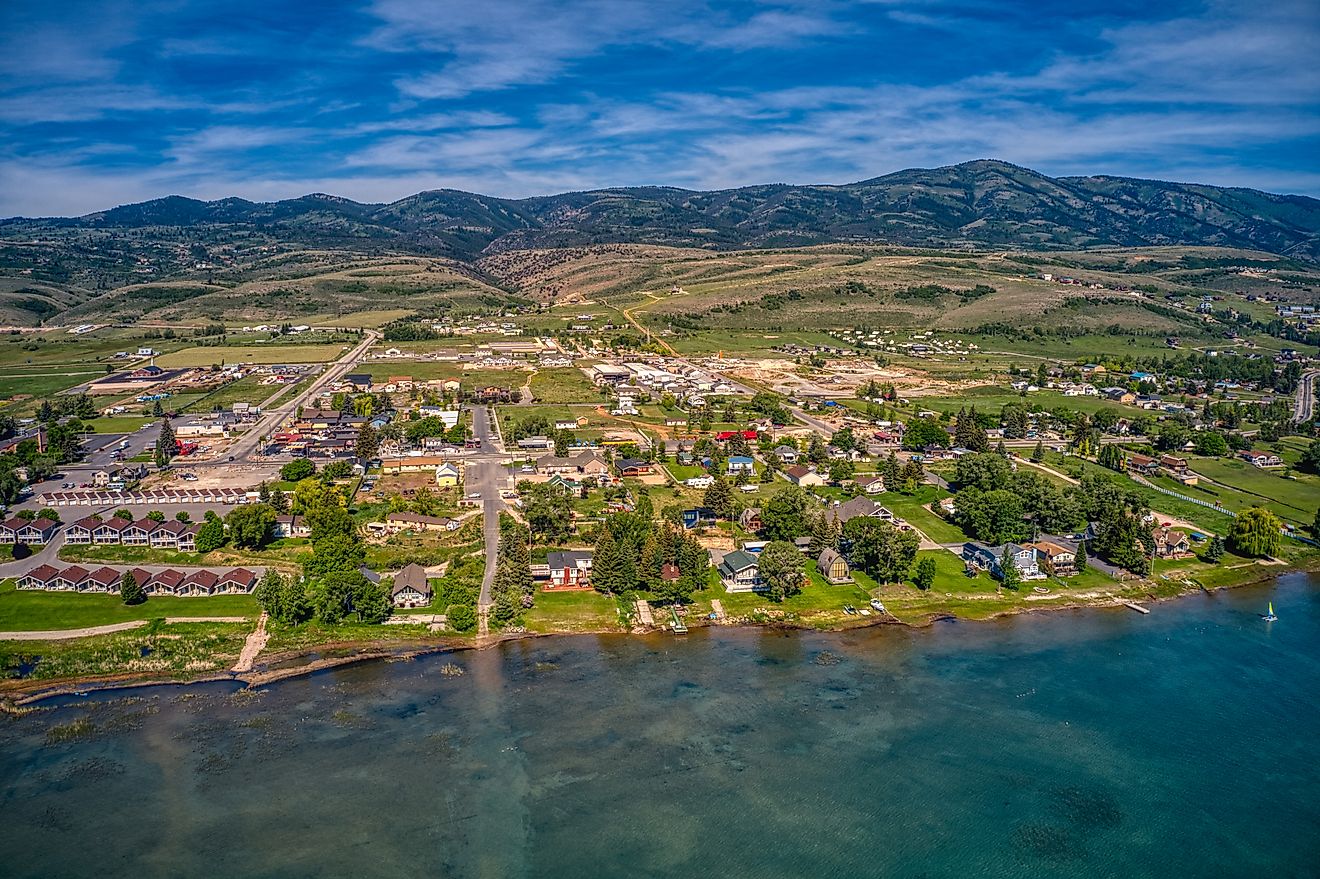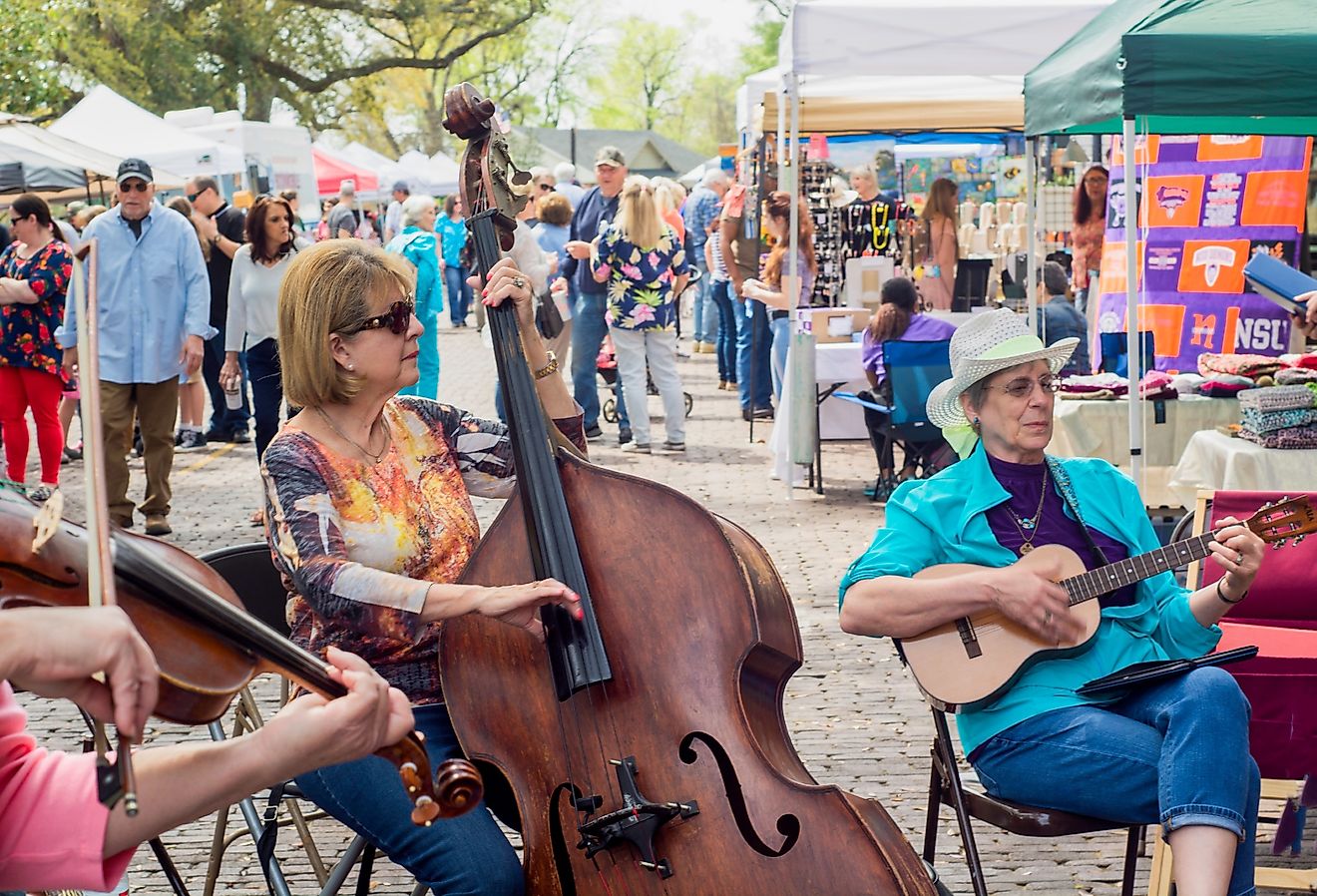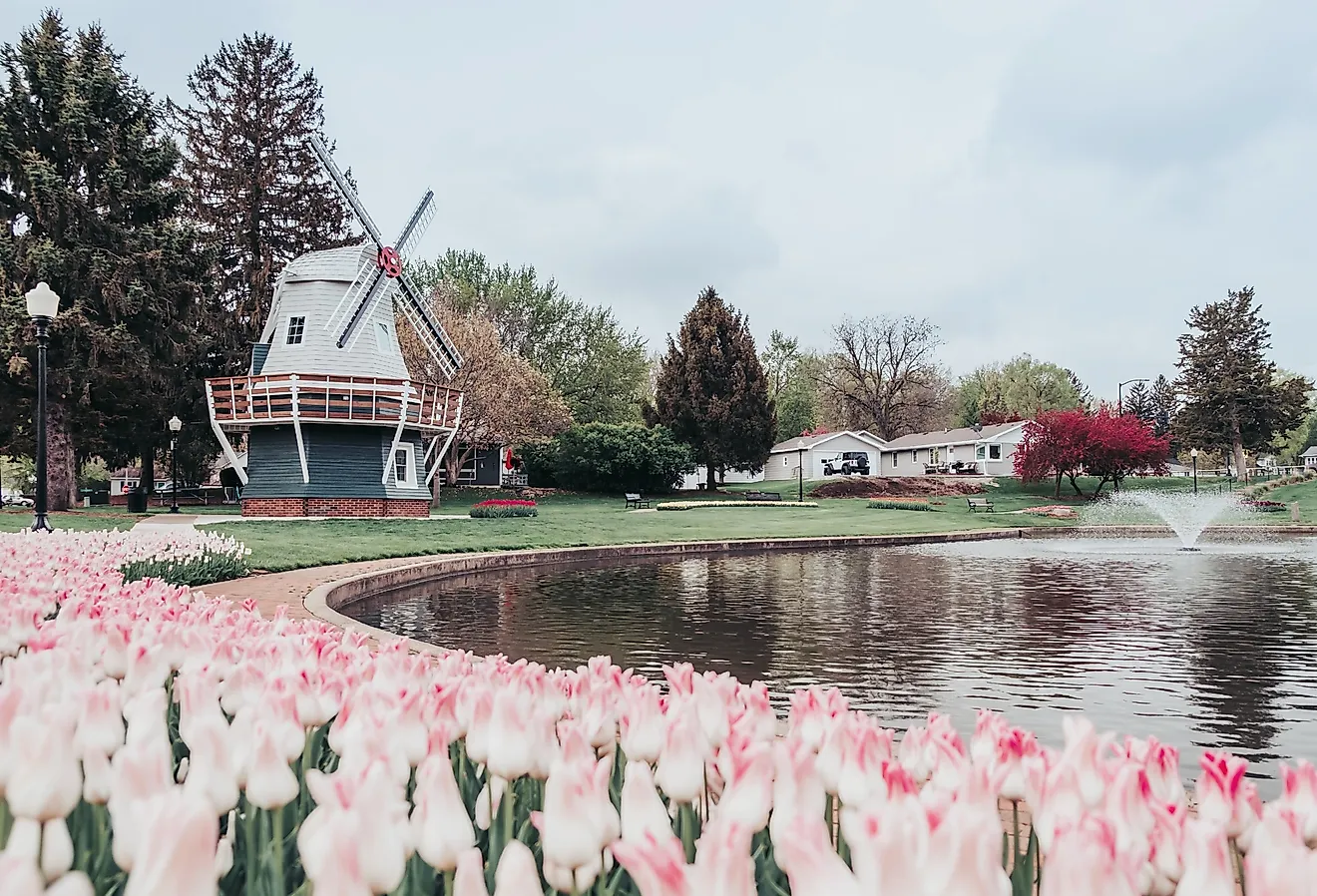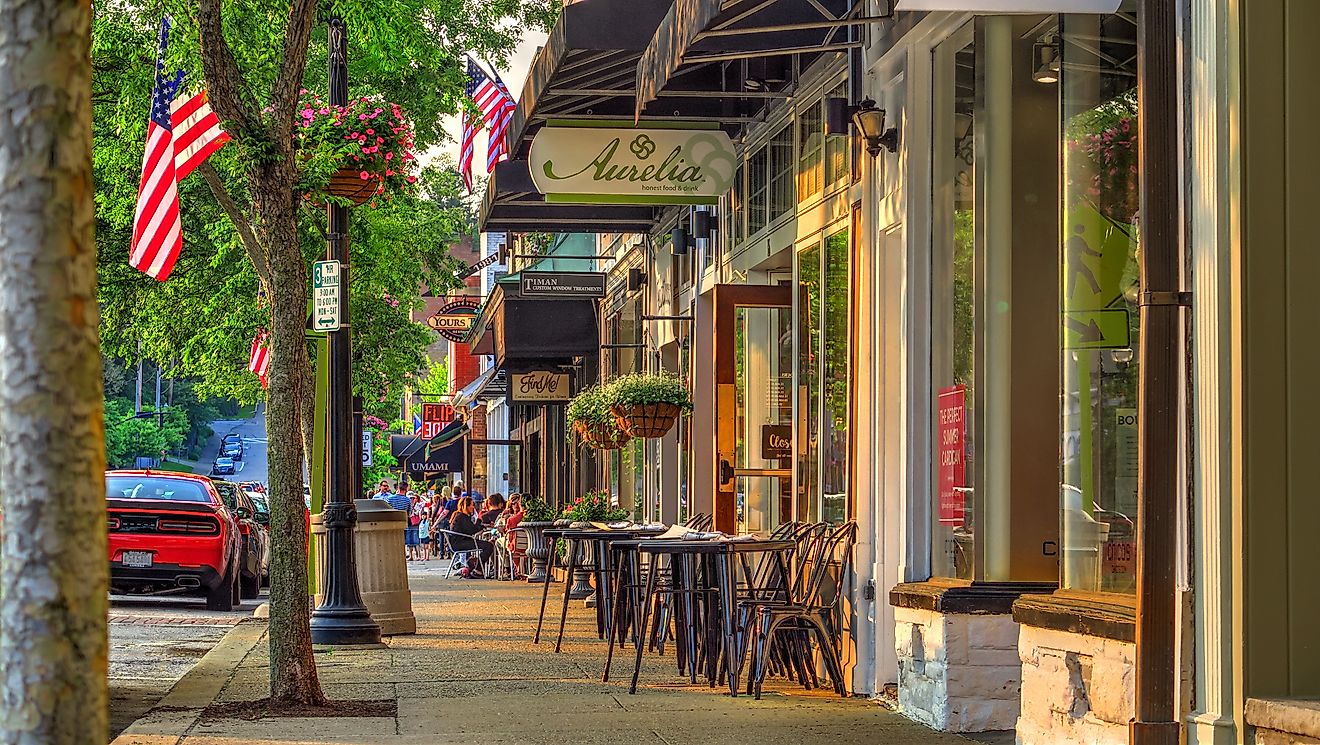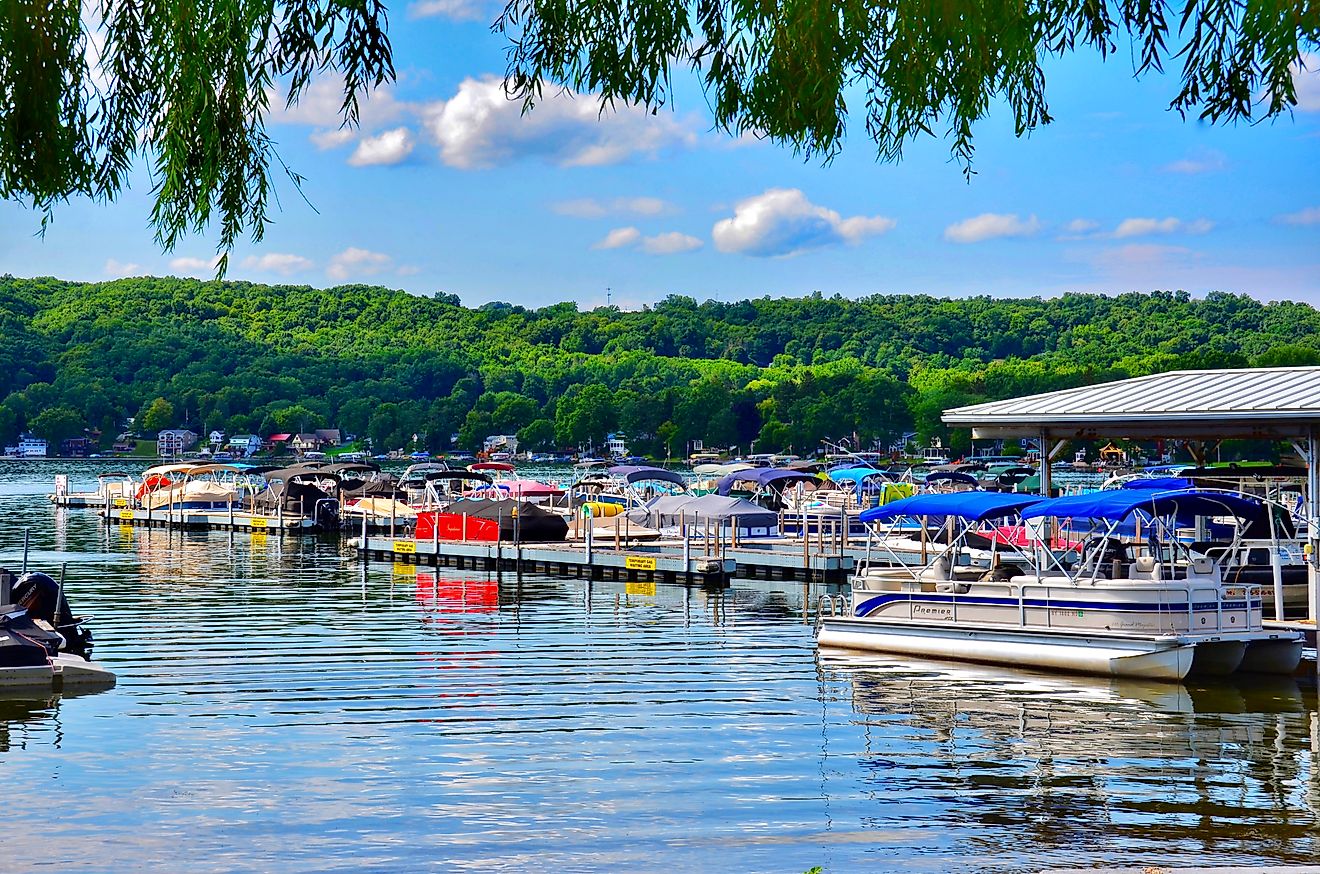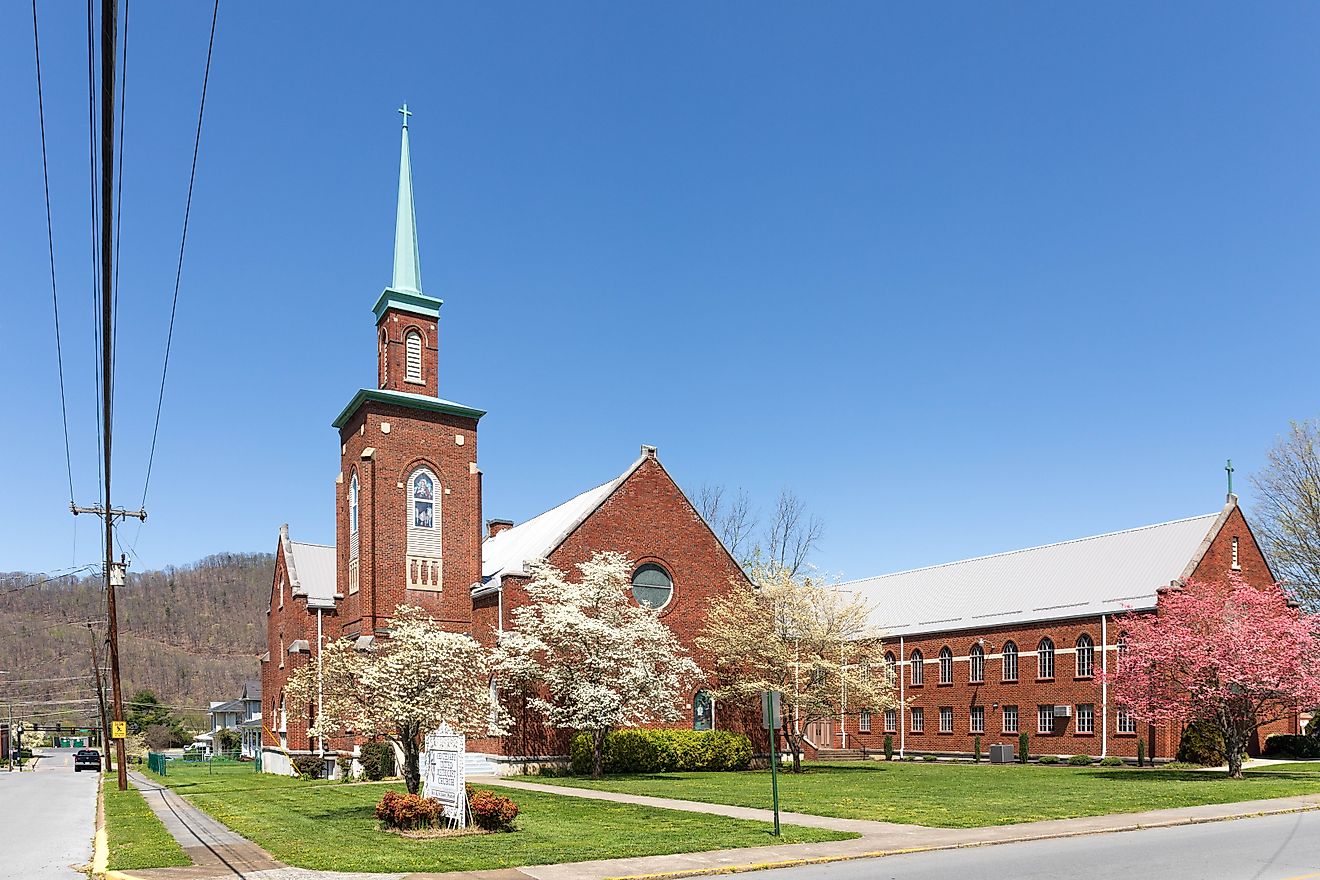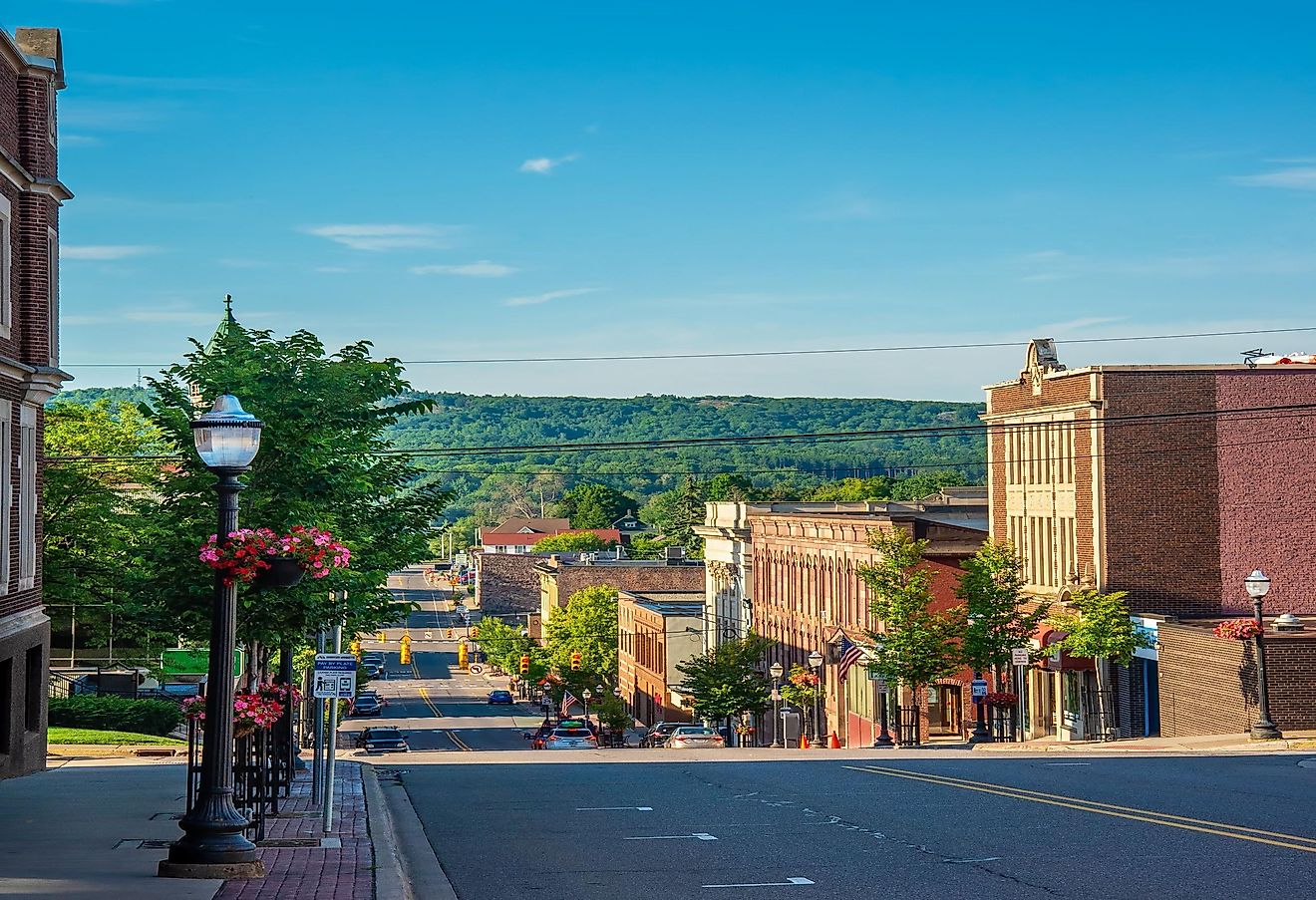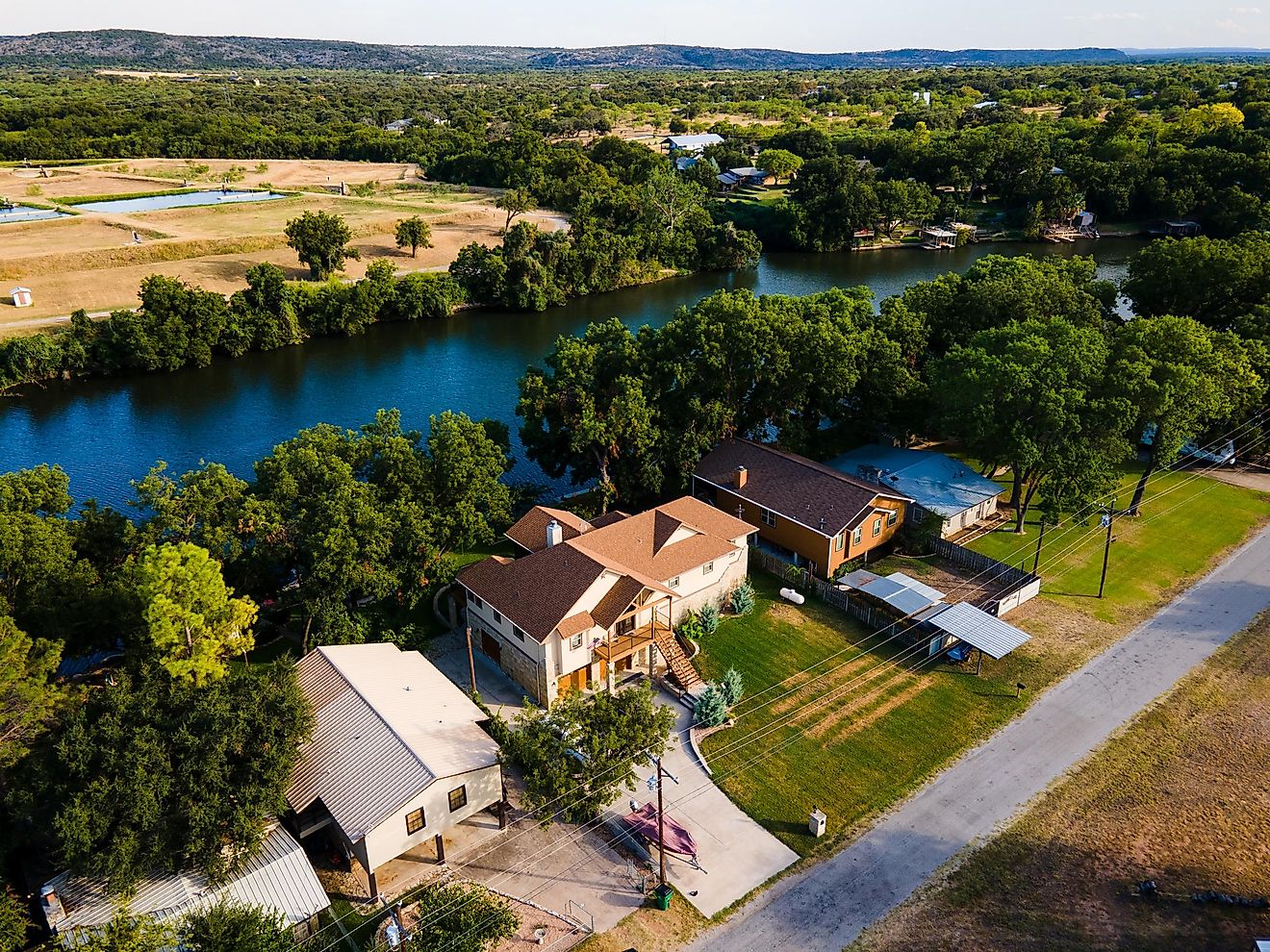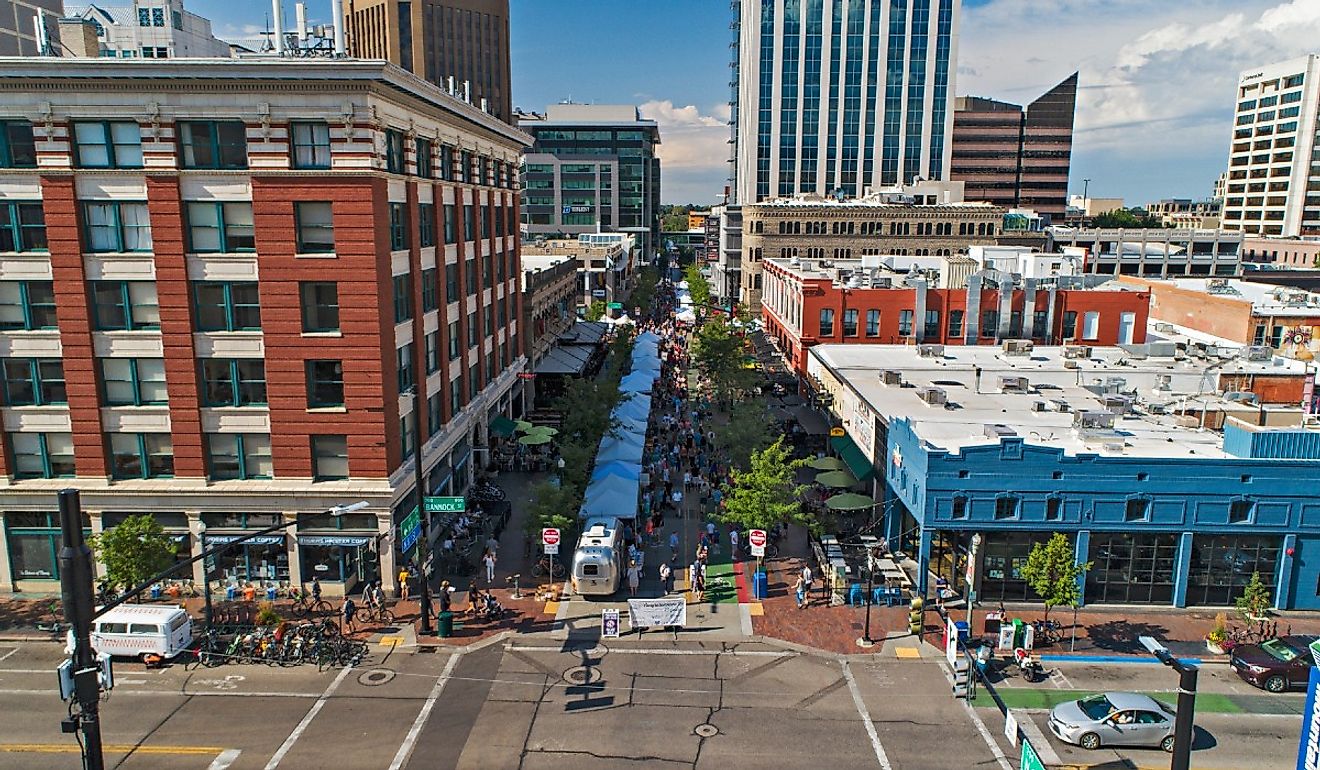
These Towns in South Dakota Have Rich Cultural Heritage
The name South Dakota has evoked a sense of the American West and its romance since pioneers began settling the Great Plains territory in the 1850s. Following a period of disorder, violence between Native Americans and new arrivals, statehood in 1889, and the evolution of a robust rural economy, the state today offers a fascinating history of America's westward expansion. As travelers make plans for 2024, the state has as much to offer now as it did to early visitors, whether they came for pleasure or a permanent stay.
Yankton
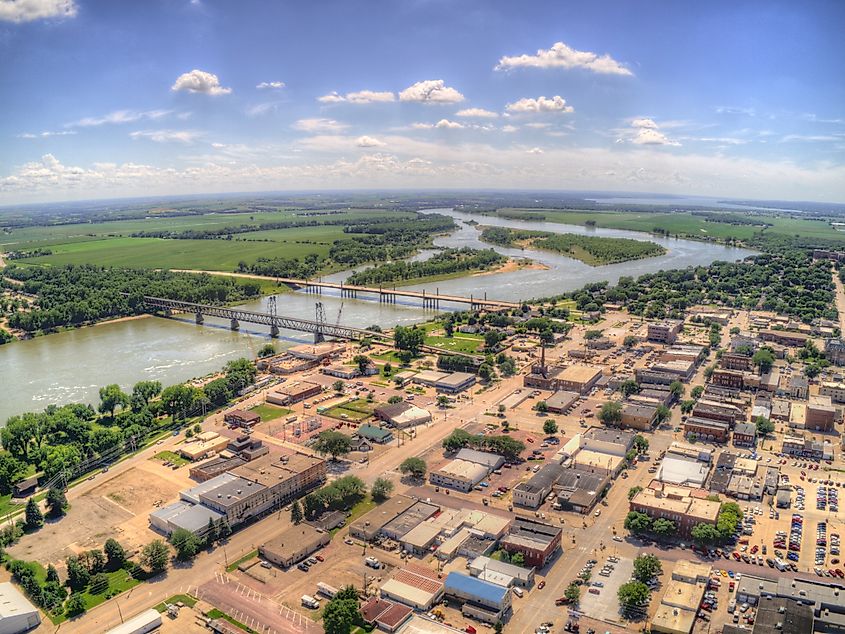
Yankton, South Dakota: A college town in the Midwest along the Missouri River.
Yankton, population 15,500, sits in South Dakota's southeast corner. A quintessential western river town, the place sprang up from the banks of the Missouri River, just north of the state of Nebraska. It was the Dakota Territory's first capital and the site of occasional violent conflict between Native Americans and white settlers. The town later found peace enough to build Yankton College, the first place of higher education in the territory. (The school closed in 1983 and became a minimum-security prison.)
Today, Yankton has no fewer than six historic districts on the National Register of Historic Places. Standouts among these six include the Yankton College district as well as the area around the Charles Gurney Hotel, formerly the Hotel Pierce, built in 1891 with a combination of brick and local stone called Sioux Falls granite. Outside town, the Missouri National Recreational River zone is a favorite summer attraction.
Pierre

Pierre, South Dakota: Green park leading to the South Dakota State Capitol and complex.
The state capital, Pierre — the local pronunciation sounds like "pier" — is the United States' second-smallest capital, with 14,000 residents. (Only Montpelier, Vermont, is smaller, with 8,000). It became the capital in 1889, after Yankton's tenure, and simultaneous to US statehood.
Located on the east bank of the Missouri River, the town, established in 1880, is beloved among visitors of all kinds. History abounds here: the Lewis and Clark Family Center, located on Farm Island just south of town, offers lessons in regional and national history. The site is built for families and those traveling with children. Lake Oahe, one of the largest man-made lakes in the world, makes for memorable fishing and boating.
Aberdeen
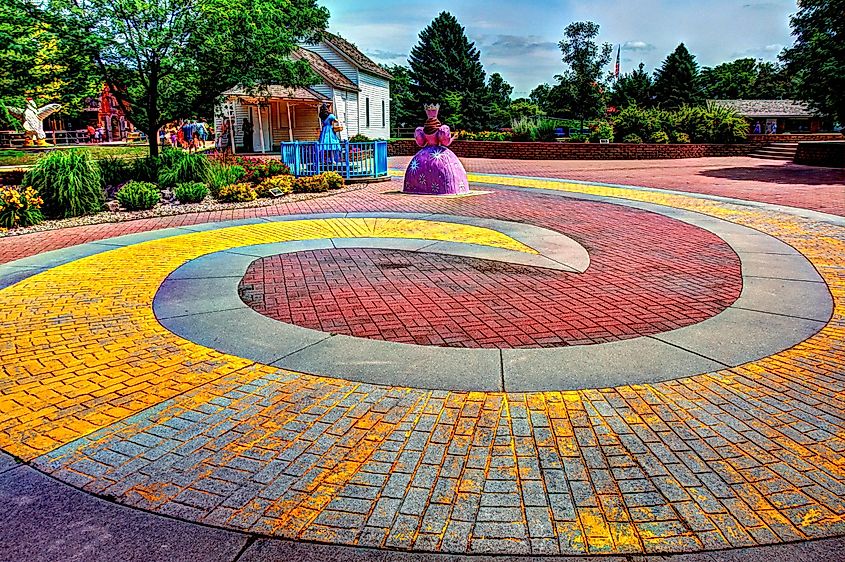
Aberdeen, population 28,200, offers a wide set of amenities with a small-town sense of quiet. The northeast town, incorporated in 1882, is home to Northern State University, making it one of South Dakota's college towns. Nature lovers will enjoy the Richmond Lake Recreation Area as well as Kuhnert Arboretum, a popular spot for school field trips.
Culture thrives in Aberdeen, mainly through its drama and film traditions: the Aberdeen Community Theatre has held shows since 1979. The South Dakota Film Festival, organized every fall since 2007, has welcomed Hollywood heavyweights such as Kevin Costner. As the former home of L. Frank Baum, author of The Wizard of Oz, Aberdeen, hosts a virtual industry of Oz-themed amusements, stores, and tourist attractions.
Spearfish

Spearfish, 12,900 strong, hides in the western Black Hills, an area famous for its dramatic history and beauty. Founded in 1876, Spearfish has historic buildings like the Matthews Opera House, which keeps a busy schedule of performances. The town's tradition of staging the Black Hills Passion Play, a Christian theater performance depicting the death of Jesus of Nazareth, has run since 1938.
Fans of Western history should make for the High Plains Western Heritage Center, which honors the region's pioneer and ranching backgrounds. Nature enthusiasts will no doubt want to see Spearfish Canyon or the Black Hills National Forest south of town.
Vermillion
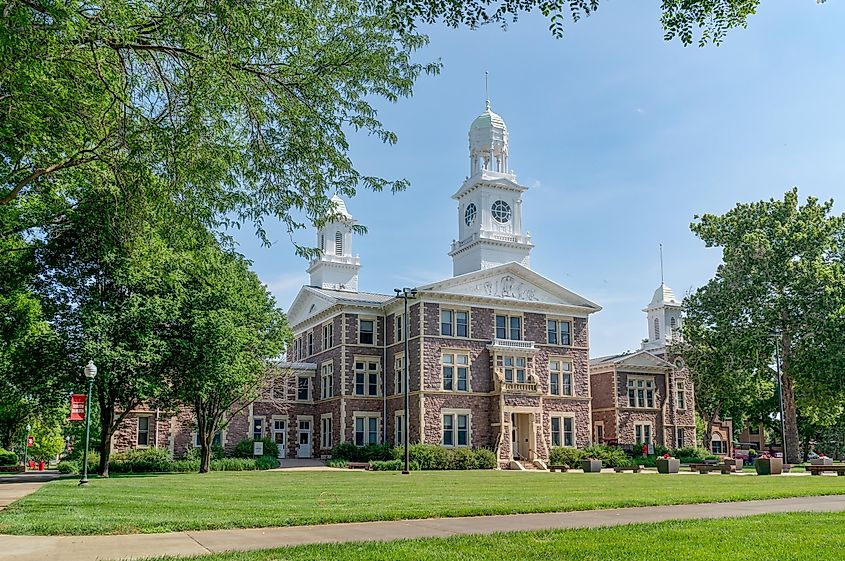
Vermillion, which has 11,900 residents, sits in South Dakota's far southeast, north of Nebraska. It once attracted both the Lewis and Clark Expedition and, later, John James Audobon. Founded in 1859 by the Missouri River, the town derives its name from a translation of the Lakota Native American word for 'red stream.'
Vermillion's culture is on proud display at the National Music Museum, a part of the University of South Dakota since 1973. The Aalfs Auditorium, a lively arts venue, sits nearby. Art fans should also scout for the town's five enormous public murals. Summer visitors should not miss Prentis Park, which has a swimming pool, water slide, and lazy river for inner tubing.
Brookings

East-central Brookings, population 24,000, is the home of South Dakota State University. Named after legendary South Dakota pioneer Wilmot Brookings, the town was incorporated in 1883 and has attracted diverse immigrant populations, beginning with Germans and Norwegians. That heritage comes through in another of the town's international schools, the Institute of Lutheran Theology.
Museums here capture both art and industry, with standouts that include the South Dakota Art Museum and the South Dakota Agricultural Museum. For some colorful time outside, head for McCrory Gardens and South Dakota Arboretum, a 60-acre green space on the university grounds.
Mitchell

Mitchell, incorporated in 1883, may surprise the uninformed traveler: the town is home to a famous 'Corn Palace.' With a population of 15,700, Mitchell's temple to agriculture also goes by a more grandiose title: "The World's Only Corn Palace." First built in 1892, amid a global fashion for huge-scale industrial expositions, the place has since served as a gathering place for the region's various growing industries. A Corn Palace Festival takes place here each summer.
Mitchell's other attractions include the Dakota Discovery Museum, with exhibits on the natural and human histories of the Great Plains. The museum's coverage is focused, though, and addresses only the dates 1600-1939. The latter year marked the end of the Great Depression and the beginning of World War II, which the United States entered following the Pearl Harbor attack in 1941.
South Dakota's Cultural Heritage Endures
Given the richness and depth of its history, South Dakota should be a significant point of interest for travelers and story seekers in 2024. The state has certainly come a long way since Wilmot Brookings first arrived here in 1857. South Dakotan features exist as nowhere else in the United States: from its petite capital, Pierre, to its gorgeous Black Hills, and from its habit of drawing pioneers and adventurers across generations, travelers in the near future will advance South Dakota's tradition of attracting intrepid visitors like you.
